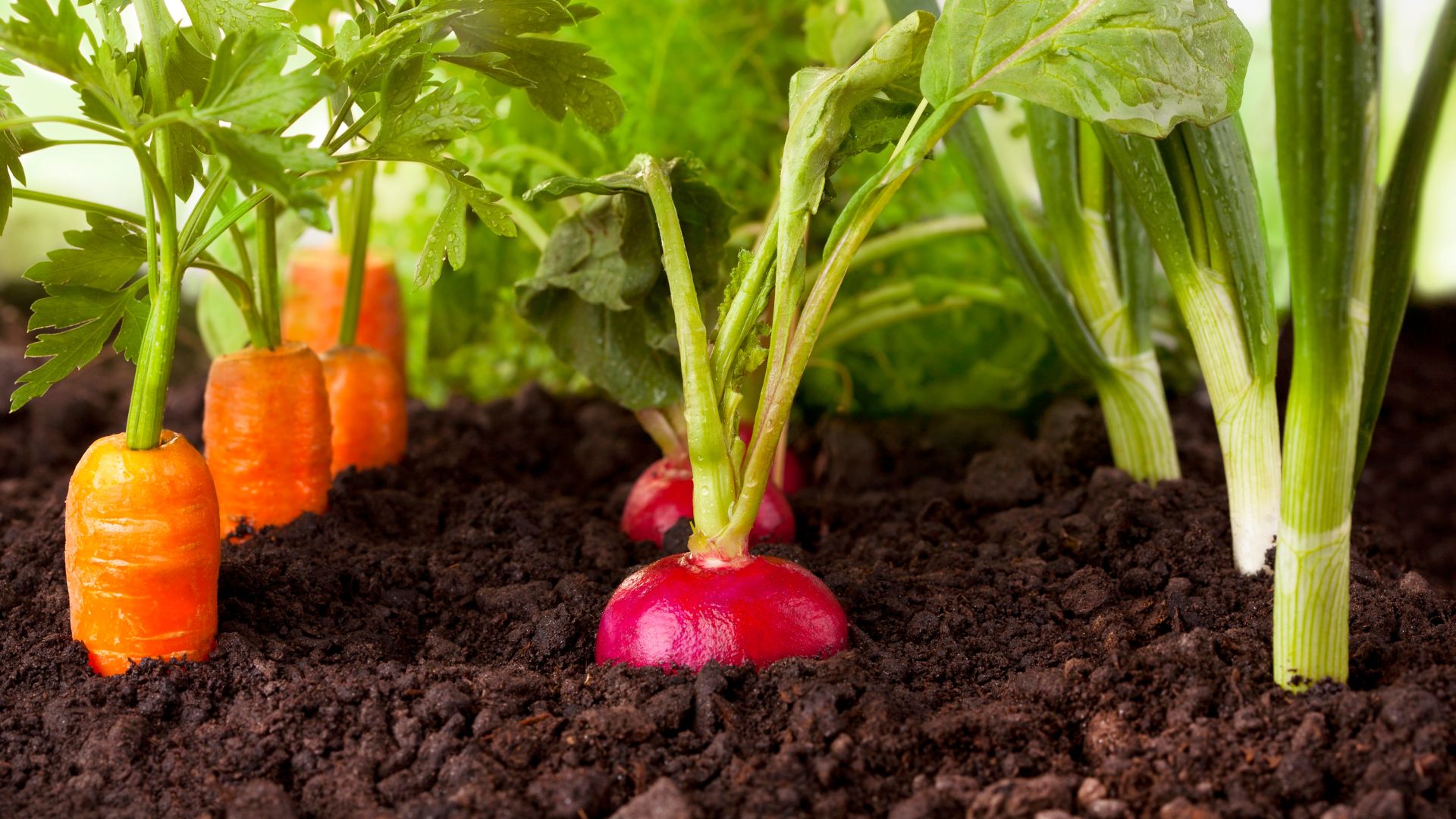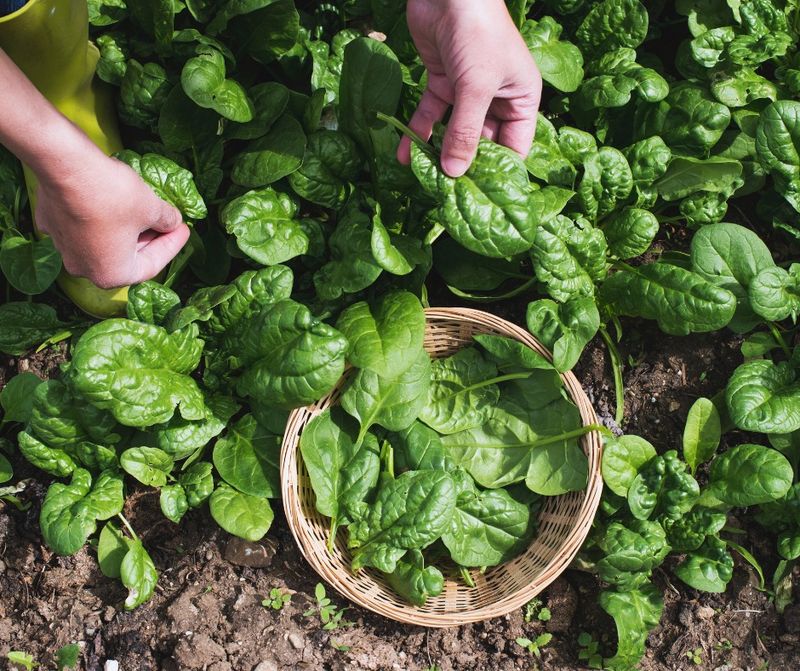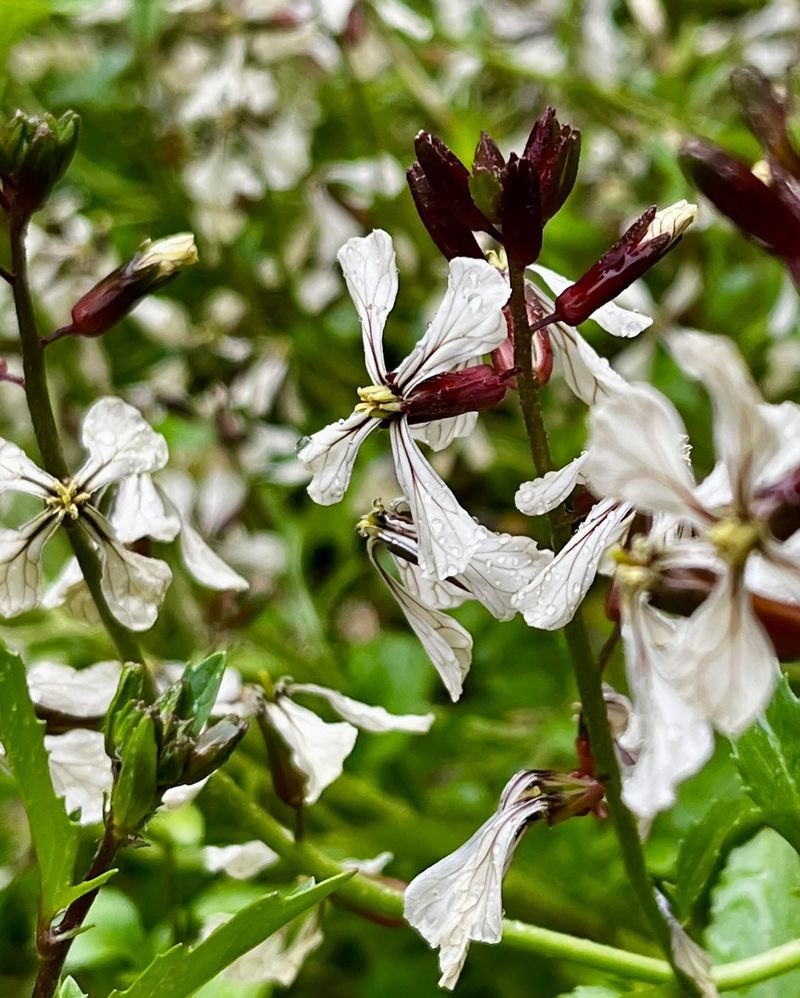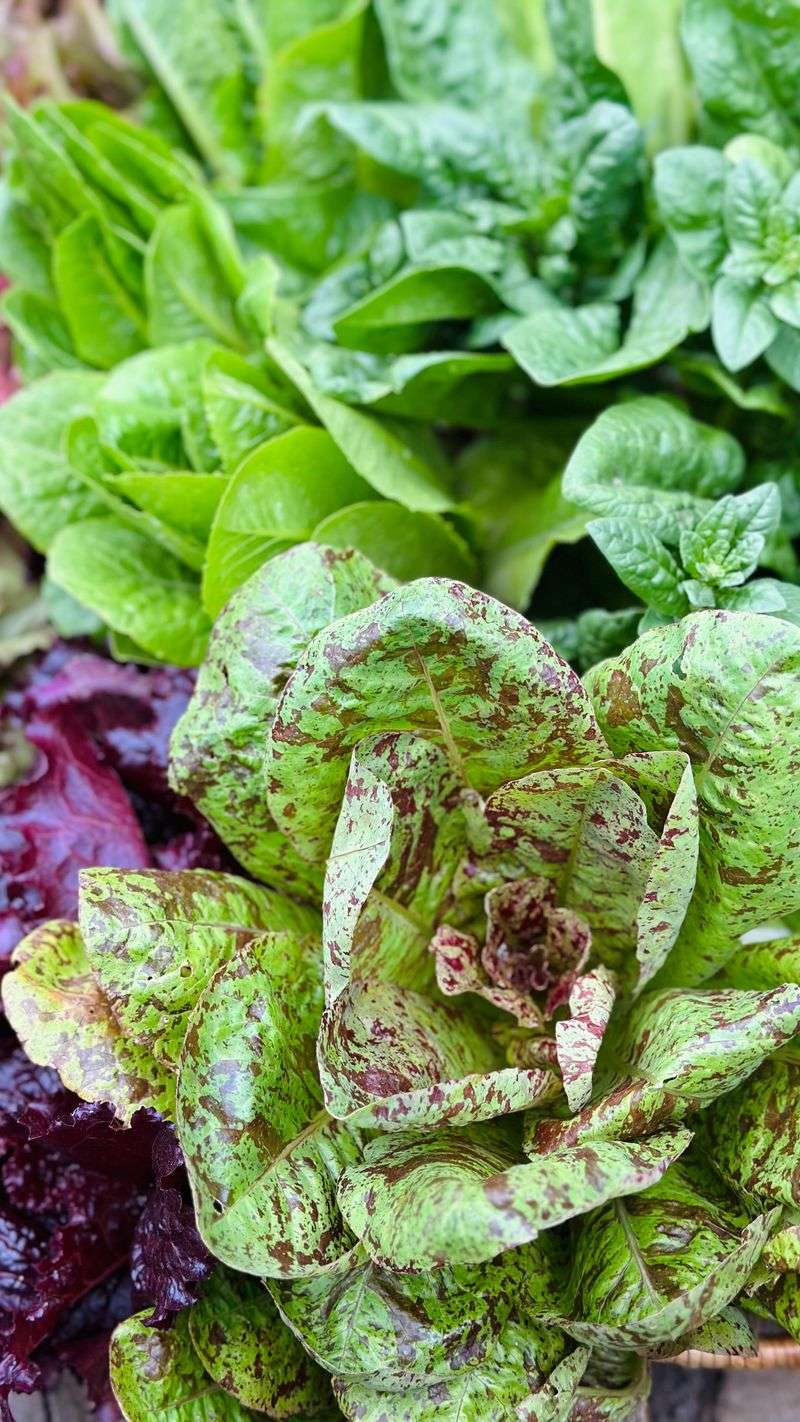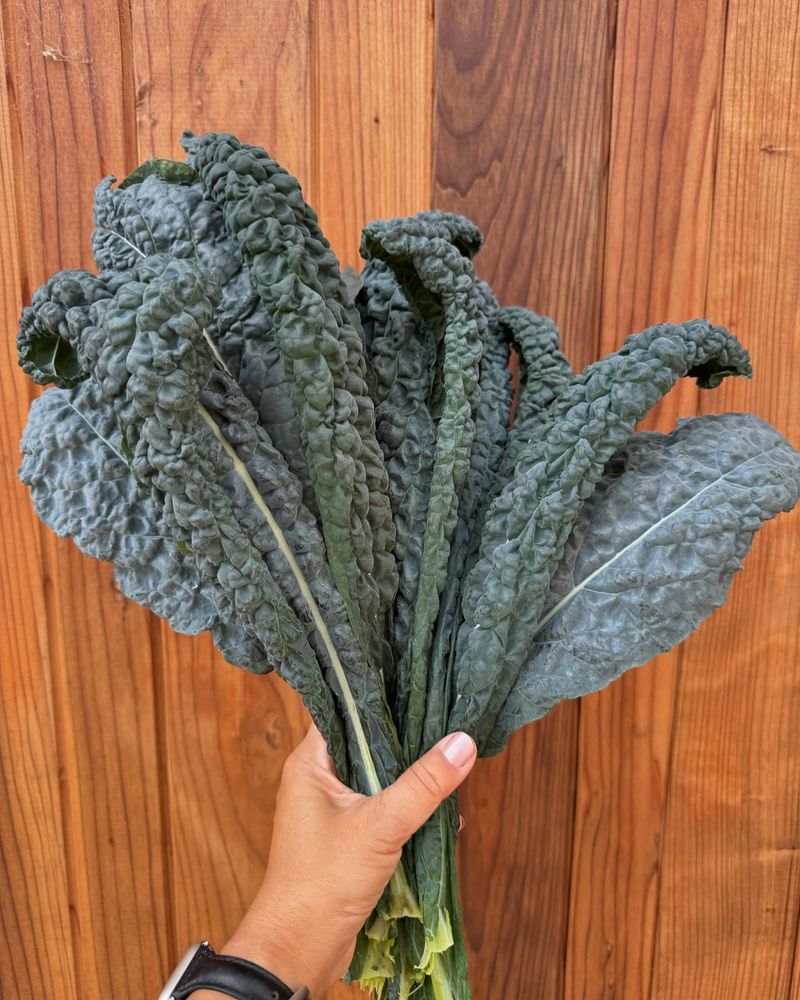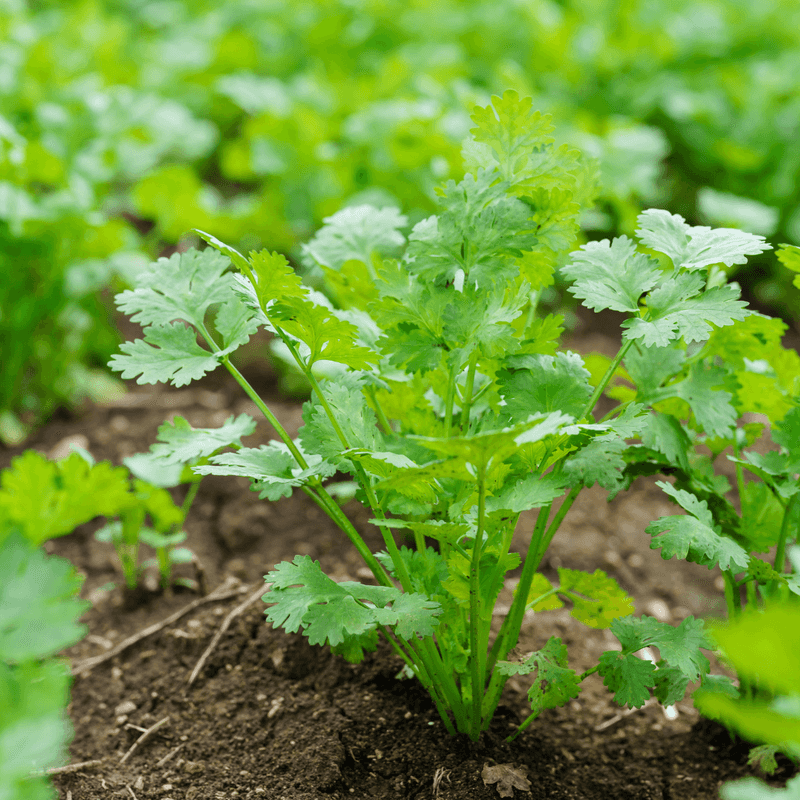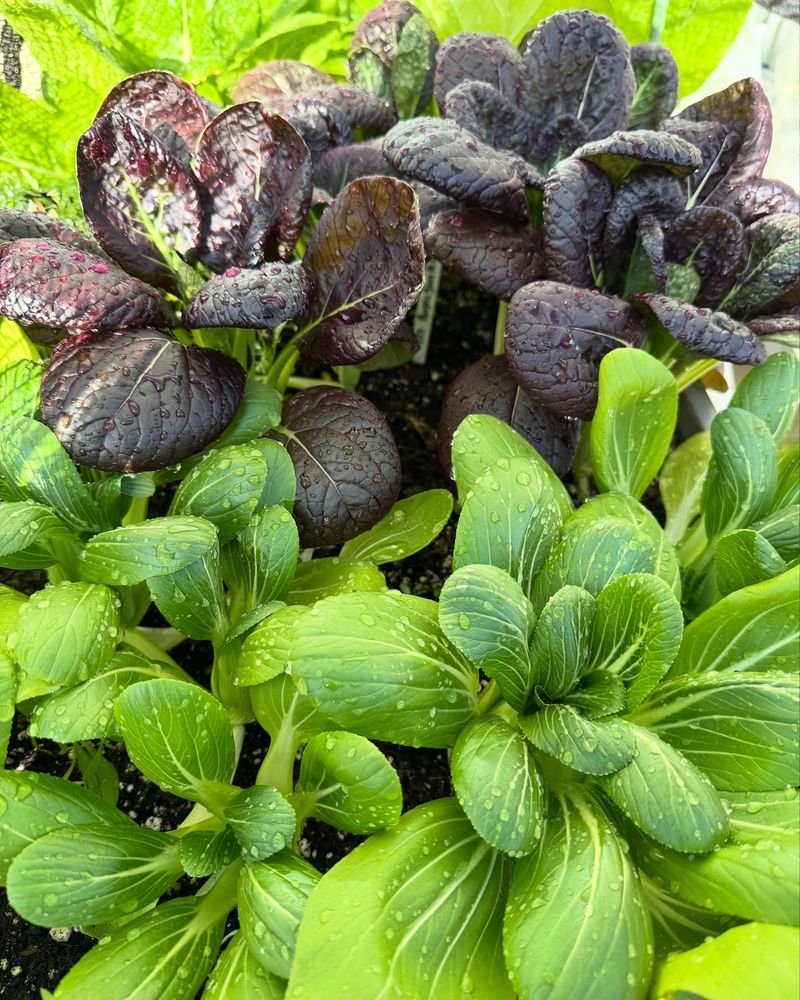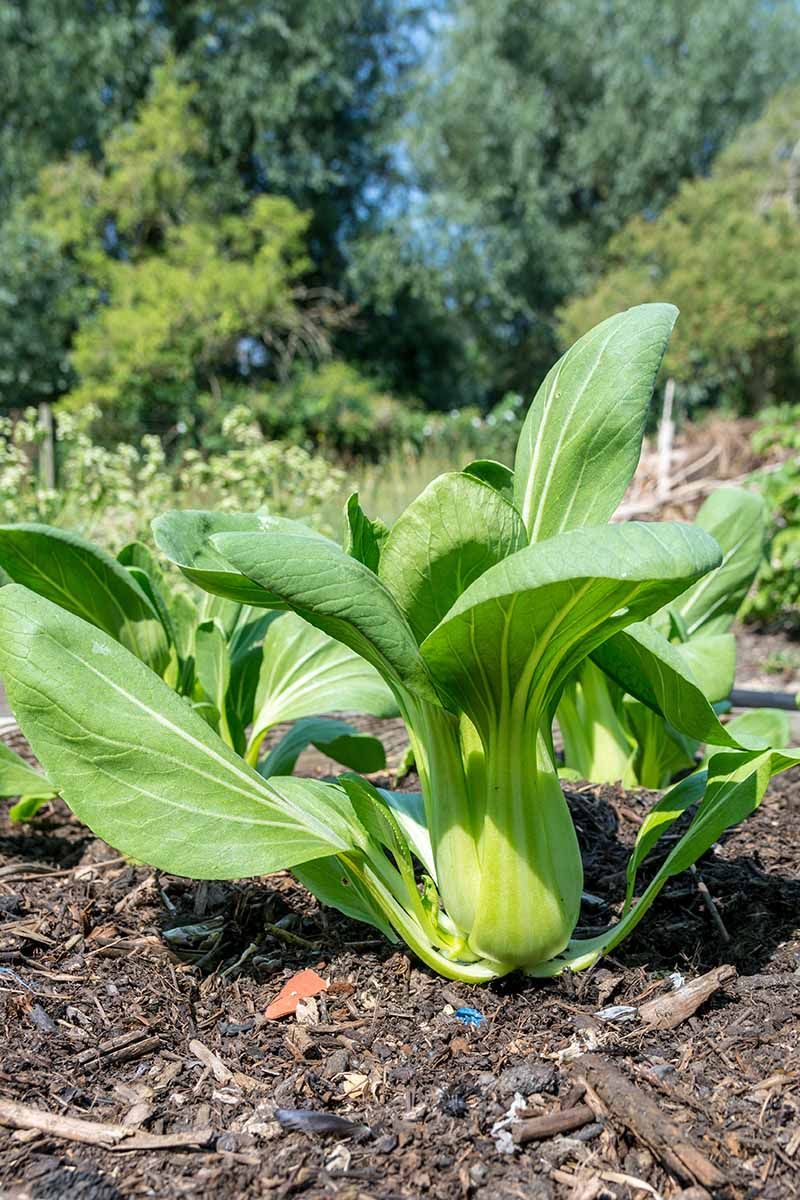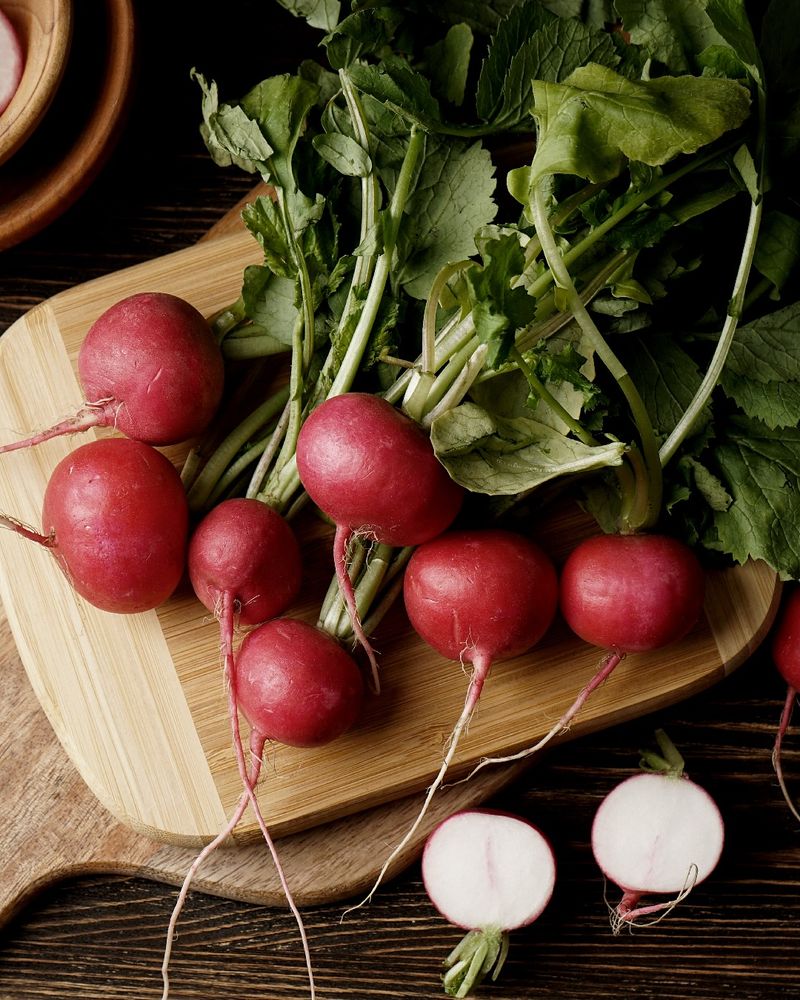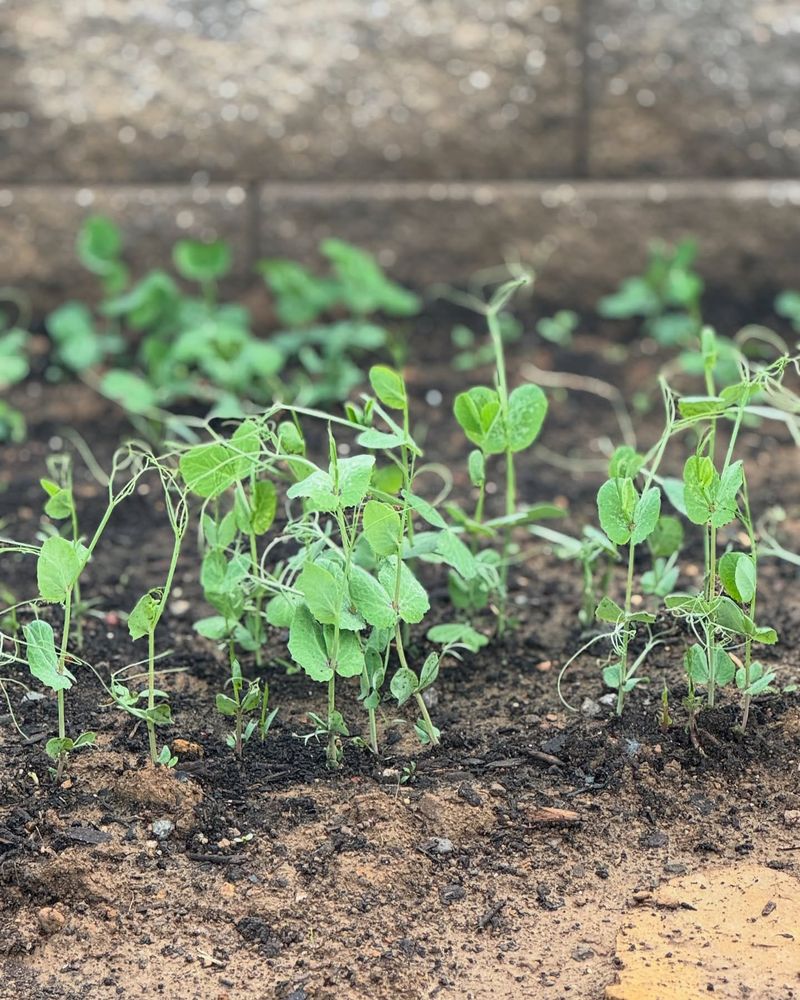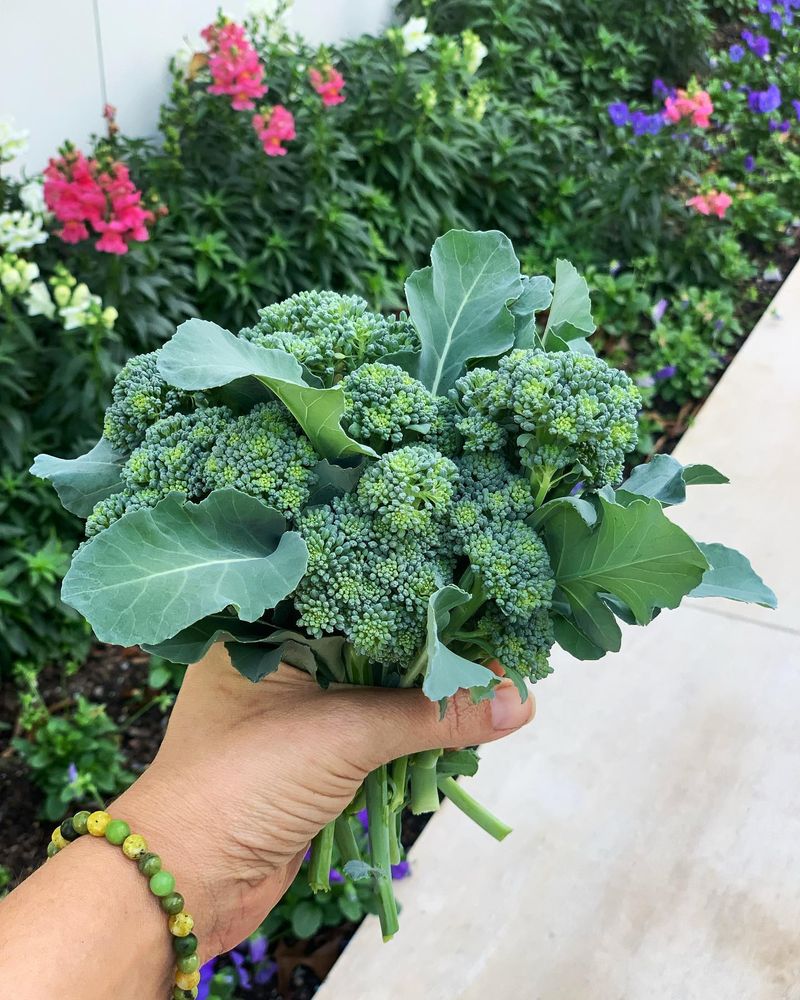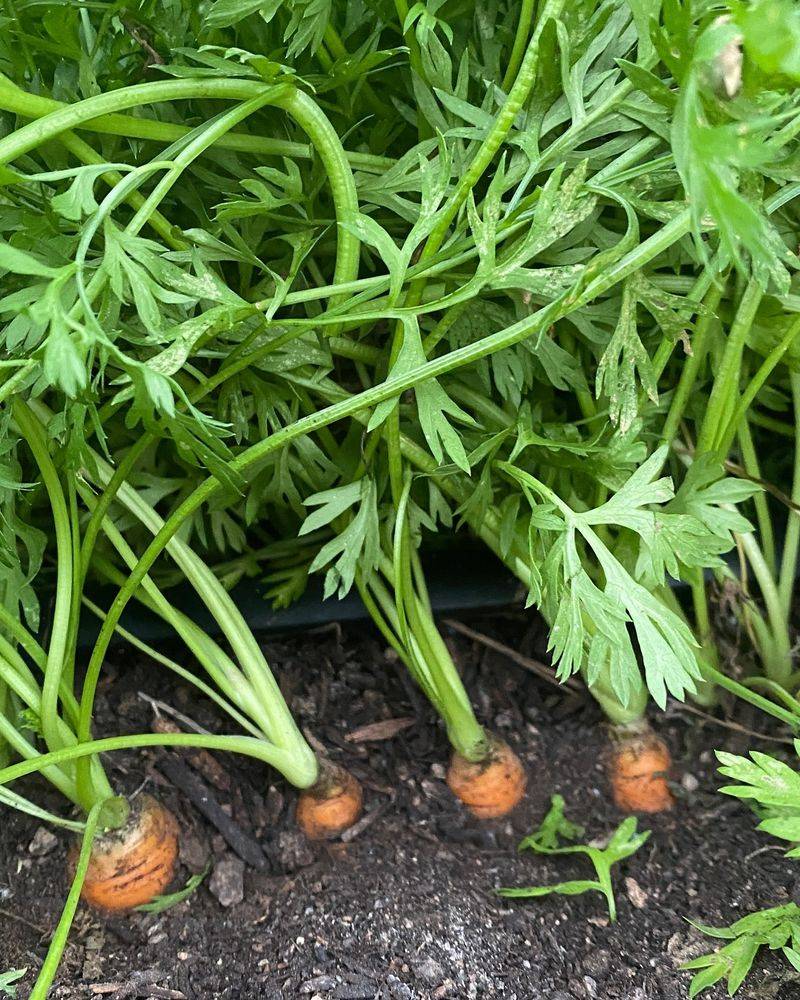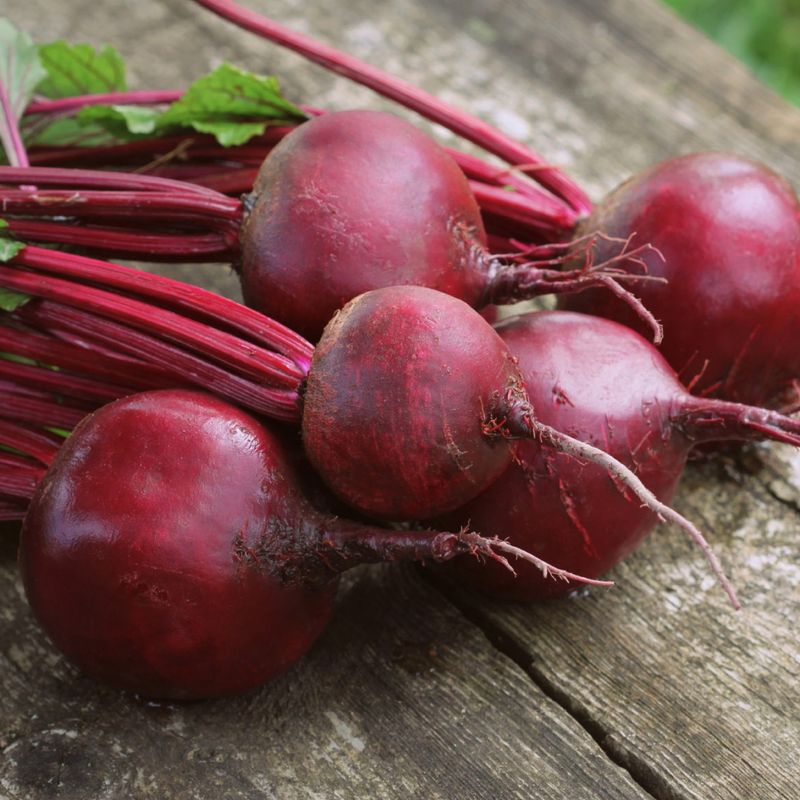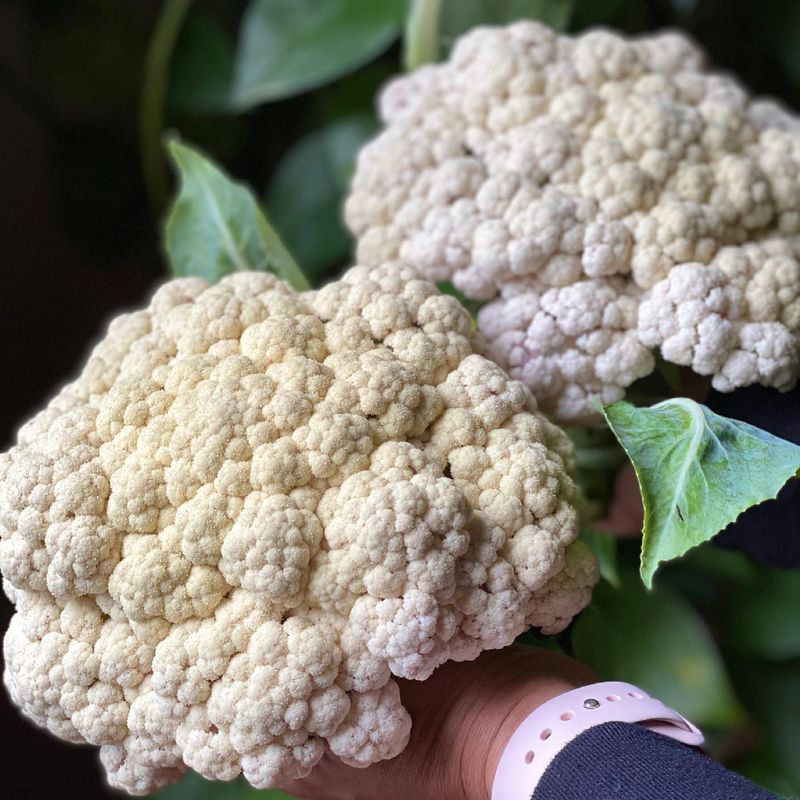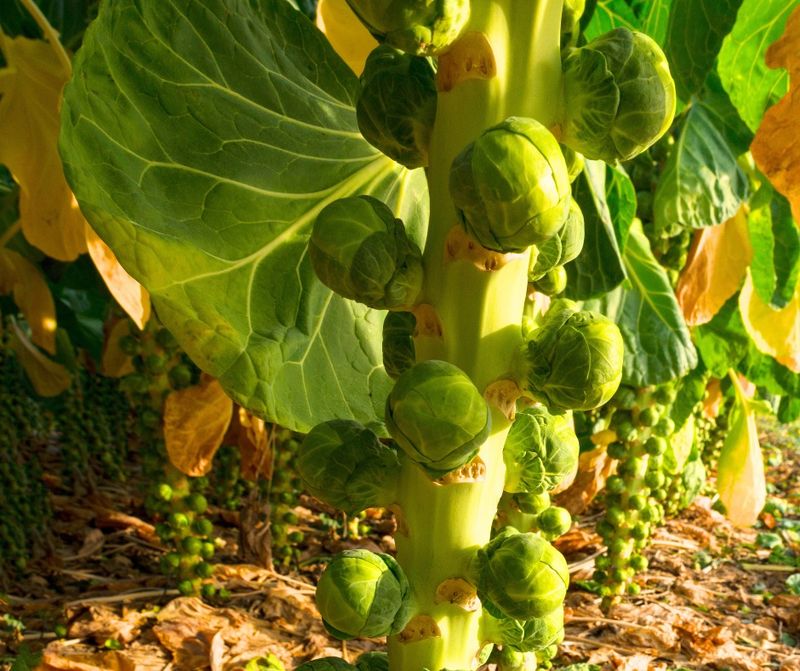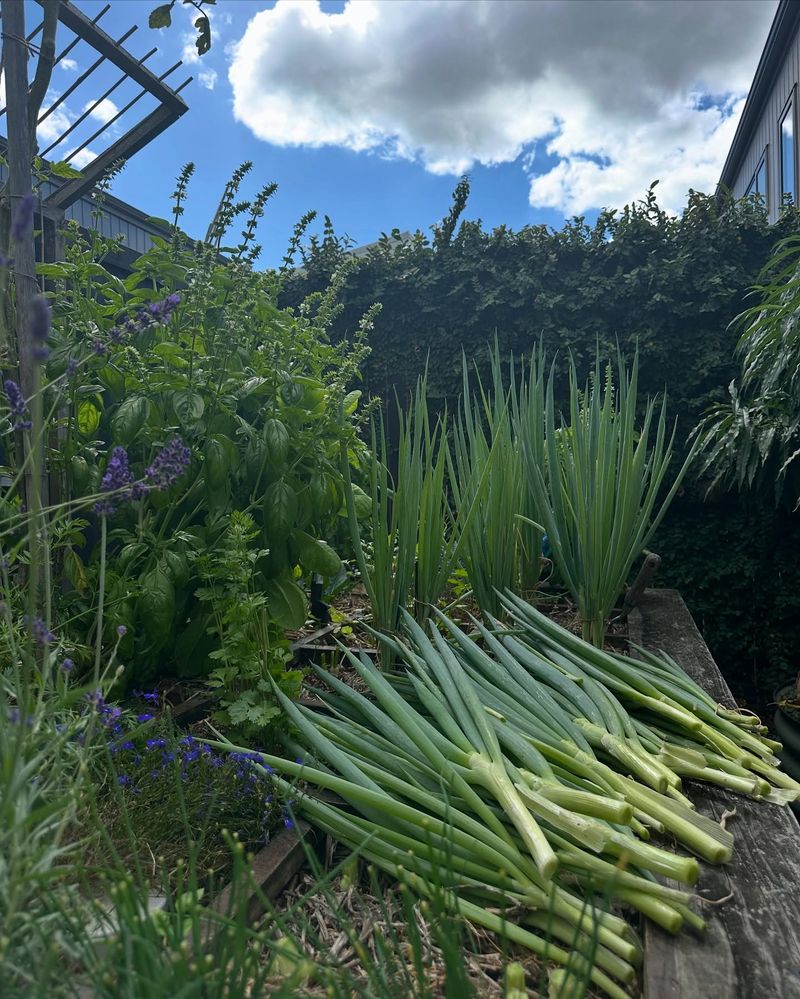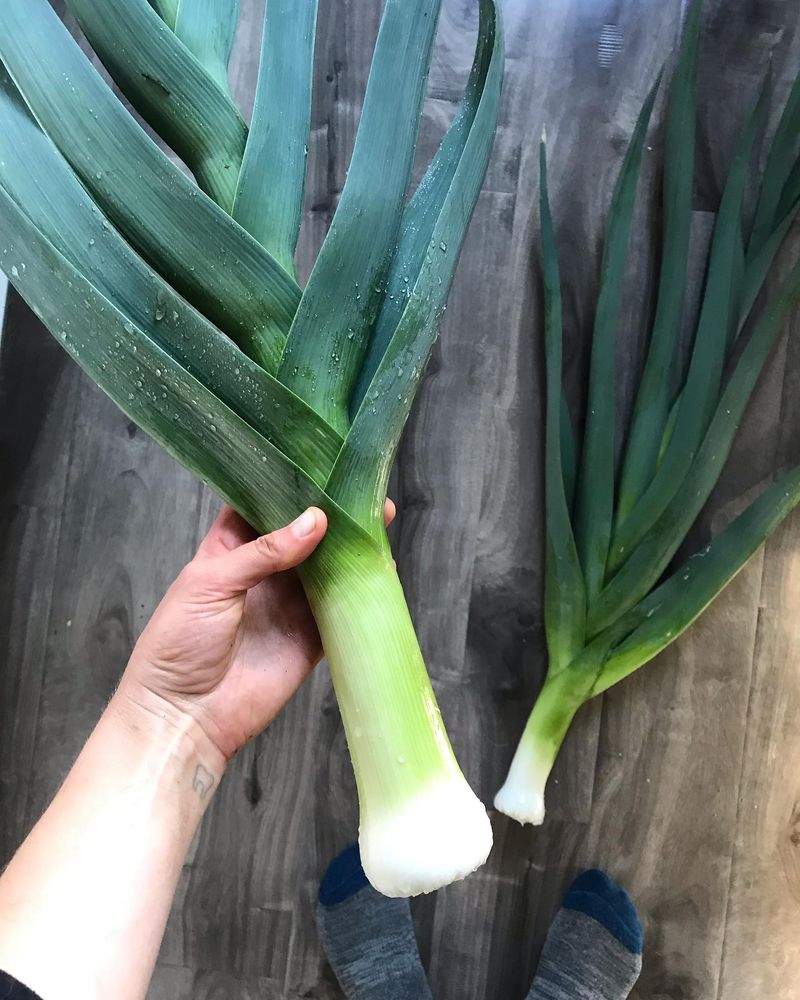Growing vegetables doesn’t always mean chasing every last ray of sunshine. In fact, some of my favorite garden harvests have come from shadier spots—those tucked-away corners that get a little morning glow and then rest in dappled light.
Believe it or not, certain veggies actually prefer that kind of setup. Partial shade can lead to more tender greens, milder flavors, and fewer bolting disasters when summer heats up.
So if you’ve got a yard shaded by trees or just a patio that misses the midday sun, don’t worry. These 16 vegetables will happily thrive without full sun—and might just surprise you with how good they taste.
1. Spinach That’s Never Bitter
Under the dappled light of my backyard maple, spinach leaves develop a remarkable sweetness that sunny-spot plants can’t match. The gentle shade prevents the leaves from producing bitter compounds that typically develop in response to intense sunlight and heat.
Without full sun beating down, spinach grows more slowly, resulting in tender leaves packed with a more complex, nutty flavor profile. The plants also bolt (go to seed) much later, extending your harvest season significantly.
Last summer, I planted two batches – one in partial shade and one in full sun. The shaded crop produced leaves that were noticeably more delicate and far less bitter, perfect for eating raw in salads.
2. Arugula With Balanced Spice
Most gardeners know arugula as that spicy, peppery green that can sometimes overwhelm a salad. When grown in partial shade, however, the leaves develop a more nuanced flavor profile with just the right amount of peppery kick.
The cooler environment slows growth and prevents the rapid development of the compounds that create extreme spiciness. This results in a leaf that retains its distinctive character but won’t dominate every other flavor on your plate.
During an unusually hot July, my shaded arugula patch continued producing mild, tender leaves while the sun-exposed plants quickly became woody and fiercely spicy – almost too intense to enjoy raw.
3. Lettuce That Never Turns Tough
Morning light filtering through my cherry tree creates the perfect spot for growing lettuce with exceptional texture. Direct sunlight often forces lettuce to develop thicker cell walls as protection, resulting in tougher leaves with a slightly bitter edge.
Protected from harsh rays, shade-grown lettuce maintains delicate, almost buttery leaves that practically melt in your mouth. The slower growth in lower light conditions allows for more complex sugar development without triggering the bitterness that heat stress causes.
The difference became obvious at a family dinner when my sister couldn’t believe both salads came from the same seed packet – the shade-grown lettuce was so much more tender and sweet that it seemed like a premium variety.
4. Kale With Surprising Sweetness
Tucked against the north side of my garden shed, kale develops a surprising natural sweetness that full-sun plants never achieve. The reduced light exposure slows the production of cellulose and lignin – compounds that make leaves tough and fibrous.
What you get instead are leaves with a more delicate texture and a flavor that lacks the assertive bitterness many people associate with kale. The anthocyanins and other flavor compounds develop more gradually, creating a balanced taste that doesn’t need aggressive massaging or heavy dressings to become palatable.
Even my kale-skeptic husband enjoys these tender leaves straight from the garden, something I never expected when I first planted that shady corner out of desperation for growing space.
5. Cilantro That Doesn’t Bolt Quickly
Against my garden fence, cilantro thrives in afternoon shade that transforms this notoriously finicky herb into a steady producer of aromatic leaves. Cooler soil temperatures dramatically slow bolting, the process where cilantro rushes to produce seeds (coriander) instead of leafy growth.
The gentle light conditions allow cilantro to develop a more complex flavor profile with subtle citrus notes that often get lost in sun-stressed plants. The essential oils that give cilantro its distinctive aroma develop more evenly, creating a balanced flavor that enhances dishes without overwhelming them.
After years of frustration with cilantro that seemed to bolt overnight, my partially shaded patch now provides fresh leaves for weeks longer than any sunny spot ever did – a game-changer for summer salsas and curries.
6. Mustard Greens Without The Bite
Behind my garage where sunlight filters through for just a few hours daily, mustard greens develop a remarkably different flavor profile than their sun-bathed counterparts. The reduced light minimizes the production of glucosinolates – the compounds responsible for that characteristic sharp, spicy bite.
Instead of being fiery and aggressive, shade-grown mustard greens offer a milder, more complex flavor with subtle peppery notes and a pleasant earthiness. The leaves stay tender longer too, without developing the toughness that often comes with maturity in full-sun plants.
For my family’s stir-fries, these milder greens need less cooking to tame their flavor, preserving more nutrients and creating a more delicate texture that even the kids don’t mind eating.
7. Bok Choy With Delicate Stems
Along my partially shaded fence line, bok choy develops stems that are remarkably crisp yet tender, without the woodiness that often develops in full sun. The reduced light slows growth just enough to prevent the fibrous texture that can make sun-grown stems tough and sometimes unpleasant to eat.
The leaves develop a more delicate sweetness too, with none of the bitter notes that intense sunlight can trigger. This balance of flavors makes shade-grown bok choy exceptional for eating raw in salads – something I rarely enjoy with its sun-exposed counterparts.
During a neighborhood garden tour, visitors kept asking about my “special variety” of bok choy, not realizing it was standard seed grown in what many would consider less-than-ideal conditions.
8. Radishes With Perfect Crunch
Beneath my apple tree’s dappled shade, radishes develop an ideal balance of crispness and tenderness that full-sun specimens rarely achieve. The moderated growing conditions prevent the rapid growth that often leads to woody, pithy centers – the disappointing surprise inside many a garden radish.
The flavor benefits tremendously too, developing a pleasant pepperiness without the harsh bite that can make some radishes almost too intense to enjoy raw. The cooler soil temperatures in shade allow the roots to develop more slowly and evenly.
My neighbor couldn’t believe these came from ordinary seed packets after tasting the difference – the shade-grown radishes had a clean snap and sweetness that made her previously abandoned radish patch worth reconsidering in a shadier spot.
9. Peas With Extended Harvest
Against my north-facing trellis, peas continue producing sweet, tender pods long after the sun-exposed plants have withered in summer heat. The moderate temperatures in partial shade prevent the stress that triggers peas to shut down production when days get too warm.
The flavor difference is subtle but significant – shade-grown peas maintain their delicate sweetness without developing the starchy notes that come when pods mature too quickly in hot, sunny conditions. Each pod fills out more gradually, allowing the sugars to develop fully.
For our family’s favorite spring risotto, these shade-grown peas provide a sweeter, more complex flavor that no grocery store frozen pea can match – and we enjoy them nearly a month longer than our neighbors who plant in full sun.
10. Broccoli Without Bitter Aftertaste
In the dappled shade cast by my fence, broccoli heads develop with a remarkable sweetness that sun-stressed plants never achieve. The moderate light prevents the formation of certain compounds that create bitterness – often triggered as a defense mechanism against intense sunlight.
The florets grow more slowly and compactly, resulting in a more tender texture when cooked. This gentler growing environment also seems to enhance the buttery notes in the flavor profile while minimizing the cabbage-like undertones that some people find off-putting.
After a side-by-side taste test, my broccoli-hating son actually requested seconds of the shade-grown version, claiming it tasted “completely different” from what he expected – high praise from a confirmed vegetable skeptic.
11. Carrots With Enhanced Sweetness
Under the filtered light near my birch trees, carrots develop an exceptional sweetness that surprised even my veteran gardener friends. The moderate shade forces the plants to work harder at photosynthesis, which counterintuitively leads to higher sugar production in the roots as they store more energy.
The slower growth in cooler, shadier soil also prevents the woodiness and bitter compounds that can develop when carrots grow too quickly. Each root maintains perfect moisture content without the splitting that often occurs in rapidly growing carrots.
At our summer block party, the neighborhood kids kept coming back for more of these unusually sweet carrots, not knowing they were choosing the ones grown in what conventional wisdom would consider the “wrong” spot in my garden.
12. Beets With Smoother Texture
Along my east-facing garden bed, beets receive morning sun but rest in afternoon shade, developing roots with an incredibly smooth texture that full-sun specimens rarely match. The moderated light prevents the formation of tough, fibrous zones that can make some beets almost grainy when cooked.
The flavor benefits significantly too – shade-grown beets develop a more balanced sweetness without the overwhelming earthiness that can dominate when they’re grown in intense sun. The greens stay tender longer as well, providing a bonus harvest that’s perfect for sautéing.
During a blind taste test at our gardening club, these partial-shade beets were unanimously preferred for their silky texture and nuanced flavor – proving that sometimes less sun produces more desirable results.
13. Cauliflower With No Yellow Spots
Beside my garden shed where direct sunlight only reaches for a few hours daily, cauliflower heads develop with perfect creamy-white uniformity that sun-exposed plants rarely achieve. The reduced UV exposure prevents the yellowing and uneven coloration that often mars cauliflower grown in full sun.
Beyond appearance, the flavor develops a remarkable sweetness with subtle nutty undertones that intense sunlight tends to override with bitter notes. The texture becomes exceptionally tender too, without the graininess that sometimes develops in rapidly-grown heads.
When I roasted both shade-grown and sun-grown cauliflower for a family dinner, the shade-grown version caramelized more beautifully and earned comments about its “almost buttery” flavor that the sun-exposed batch couldn’t match.
14. Brussels Sprouts Without Bitterness
In the corner of my yard where tall fences filter the afternoon sun, these develop with remarkably different flavor characteristics than those grown in full exposure. The light conditions reduce the production of certain glucosinolates that create the strong notes many people associate with this vegetable.
The sprouts form more slowly, allowing sugars to develop that balance the natural cabbage flavor with a pleasant sweetness. Even the texture seems to benefit, with each little head forming tender layers that don’t become tough or sulfurous when cooked.
At Thanksgiving dinner, my brother – a lifelong Brussels sprouts avoider – actually went back for seconds after trying these shade-grown versions, asking what I’d done differently to make them taste “actually good.”
15. Green Onions That Stay Slender
Near my porch where dappled light filters through most of the day, green onions develop with a delicate, refined structure that makes them perfect for garnishing and fresh eating. The reduced sunlight prevents the bulbous base development that often occurs in full sun, maintaining that perfect pencil-thin shape from bottom to top.
The flavor profile shifts notably too – shade-grown green onions offer a milder, more complex taste with subtle sweetness that doesn’t overwhelm other ingredients. The chlorophyll develops more gradually, resulting in a gentler onion bite without harsh sulfurous notes.
For my homemade spring rolls, these shade-grown onions provide just the right aromatic accent without dominating the other flavors – something my full-sun scallions never managed to do.
16. Leeks With Tender White Sections
Behind my raspberry bushes where light filters gently through, leeks develop exceptionally long, tender white portions that are prized for cooking. The reduced light naturally blanches the stems without needing the extra step of hilling soil that full-sun leeks require.
The flavor transforms remarkably in these conditions too – developing a buttery, delicate taste without the sharp, sulfurous notes that can dominate in sun-grown specimens. The texture becomes almost silky when cooked, with none of the fibrous toughness that sometimes requires aggressive trimming.
My potato leek soup reached new heights of flavor last fall using these shade-grown leeks, with dinner guests commenting on its “restaurant quality” taste – all from what gardening books would consider an imperfect growing location.

